While it might sound obvious, securing a safe landing is arguably the most critical aspect of any drone flight. Landing a drone in windy, dark, or dusty conditions makes this step even more challenging. Traditionally, drones use QR codes read by cameras as a landing pad. This can pose issues when there is debris covering the code, or the lighting is not sufficient for the camera to read the code, therefore derailing the landing.
Sixdof Space, a company that has developed a unique technology for optical tracking and positioning, with headquarters in the United States and Israel, saw this as an opportunity to implement their technology to enable accurate and safe drone landings. Mark Goldfarb, CEO of Sixdof Space, mentioned that while the technology was originally developed for other applications, we have found that landing a drone and keeping drones in formation are perfect applications for it..
“Sixdof Space started in the AR/VR space, where latency in head tracking is a real and big issue” Goldfarb said. “We developed a high-speed optical solution to track the head position, to allow the system to refresh the view at a fast rate. By 2020, a major defense firm in Israel approached us to see if our technology would work outdoors for drone use. We demonstrated that the technology worked outdoors and the product was able to meet the high-speed and accuracy requirements that UAVs require.”
With the Sixdof Falcon product, the sensor is typically on the drone and the beacons would be on the landing pad. As the drone flies into the range of the beacons, it locks and provides the angle or 6DOF tracking information required to enable an autonomous landing. With the Sixdof Dynamic Messaging, the beacons can flash a short message to the drone. The message could be a shopping list for supplies, or an all-clear for landing message. The drift free system does not use GPS, and beacons are available for tracking up to 100 meters and can operate in full sunlight or complete darkness. As tracking and positioning data is provided every 2.5 milliseconds, the system is fast enough to lock into and land on a moving or stationary target. These features are what set Sixdof’s solution apart from other visual systems.
“Other visual systems on the market are hampered by the sun or total darkness,” Goldfarb explained to CUAV News. “If the lighting is not right, they will not see their target. Drones that use cameras are significantly slower. Processing an image is a slower process. And, in the case of using QR codes, shadows and dirt will affect the reading of the code. The Sixdof technology is not a camera. At the optical level, it compresses the data and send it to their algorithm, which is a data stream that is significantly smaller than what a camera would send. This allows them to process the data fast and be able to react to the data faster.”
Since the sensors are not cameras, the technology is also relevant for privacy concerns, which continues to be a hurdle in the adoption of drone technology within the community. Using sensors instead of cameras can help ease public distrust when it comes to drones operating overhead.
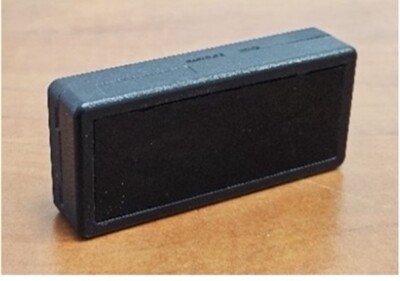
Sixdof Space technology is becoming the go-to product for autonomous drone and robotic operations across the industry. “Many of our customers are startups and smaller UAV companies who are looking for a solution to either land or maintain formation of drones.” said Goldfarb.
The technology is also perfect for keeping drones, or vehicles on the ground, in formation. “A client came to us needing to fly a swarm of drones in a tight formation,” said Goldfarb. “Using the Sixdof technology, they were able to track the distance between the drones with high accuracy, allowing them to fly closer together than GPS or other means would allow.”
What adds to the excitement of the technology is that it is not only a drone technology. The technology is being used in two U.S. Air Force sponsored projects to enable autonomous mid-air refueling. The technology is also being used for health care related robotics, manufacturing and logistics. What started in the AR/VR space, the technology is being used for head tracking when using an AR/VR headset in simulation and training applications as well.
Most recently, Sixdof has seen significant traction in the areas of first responder and medical drone delivery. As drones become a hot commodity in the first response sector, adding a sensor that can guarantee positional accuracy in an emergency, is a driving factor to adoption. This gives the responders confidence that the drone will be able to complete its delivery mission without interruptions from external forces like weather or debris covering a landing pad. “My favorite use case is first responder situations,” Goldfarb continued. “Our technology can allow a drone to drop supplies in an emergency situation and return to base.”
Sixdof has had some recent achievements that are notable to mention. In recent news, Sixdof was chosen as part of the MassRobotics Healthcare Robotics Startup Catalyst Program. They expect their sensor technology will play a major role in advancing the capabilities of robotics in healthcare. They were finalists in two US Air Force AFWERX challenges, for technologies that would advance both mid-air refueling and headset tracking.
As the drone industry moves towards fully autonomous solutions like Drone in a Box, solutions like Sixdof’s will play a significant role in all areas of the industry, from drone delivery to nighttime emergency response situations. By removing unreliable resources such as GPS signals or hard-to-read QR codes, these beacon sensors pose a new standard for optical tracking, highlighting how and why we’re just at the beginning of the value that their solutions will unlock.
“We have a product that is applicable in many spaces,” Goldfarb concluded. “Our system is fast, accurate, and highly responsive, all of which can greatly impact what can otherwise be a sluggish adoption rate in multiple industries. We look forward to partnering with companies developing products that require the Sixdof technology, enabling a high level of automation for their product,line."
For more information on Sixdof, visit their website at www.sixdofspace.com. The CEO, Mark Goldfarb, can be contacted at [email protected]


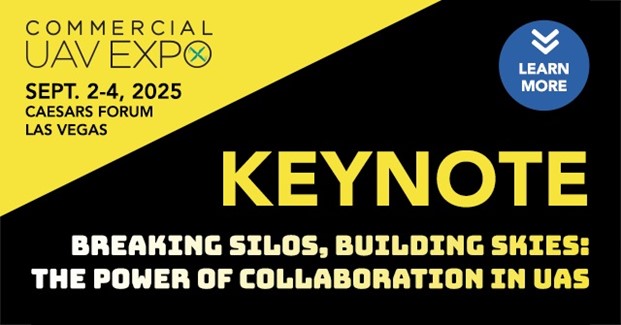


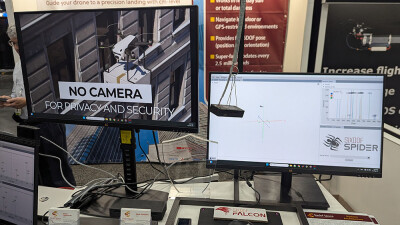

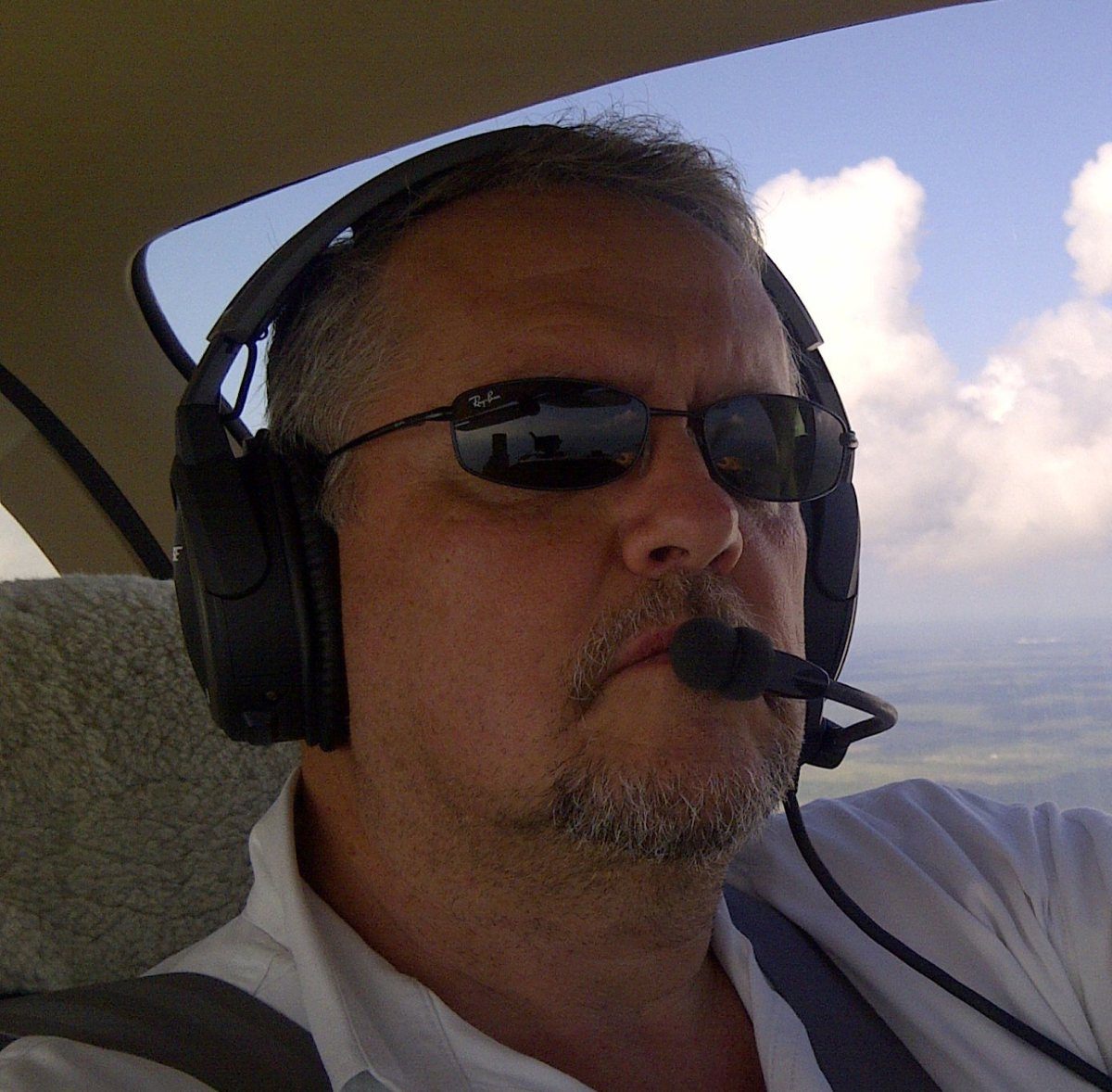





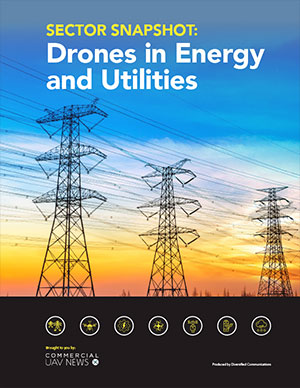

Comments